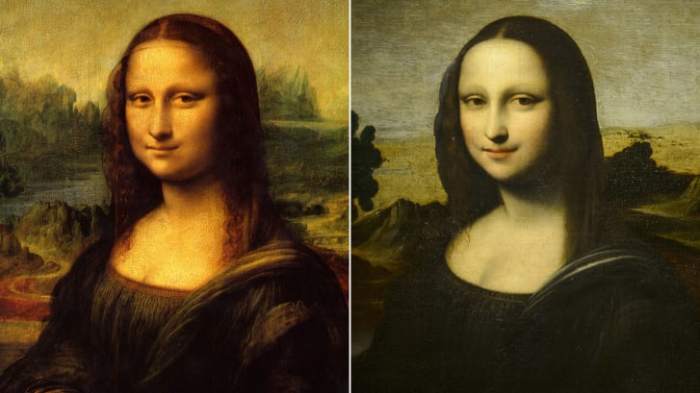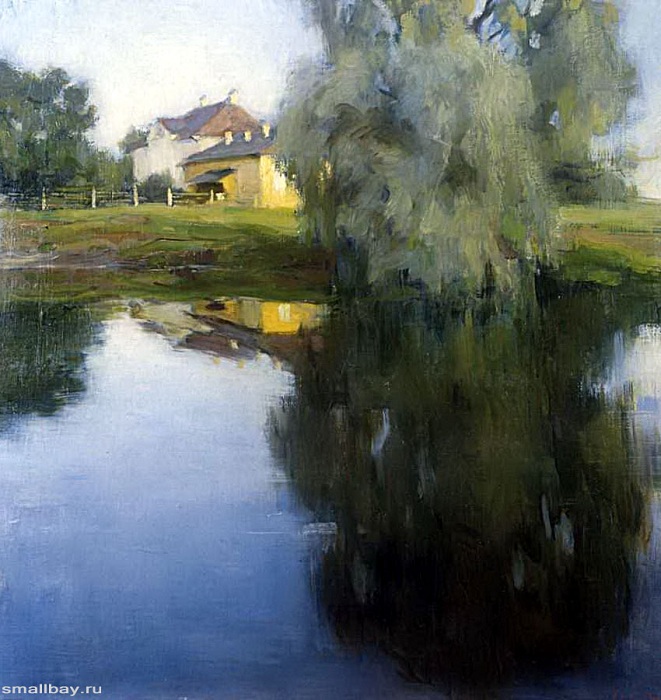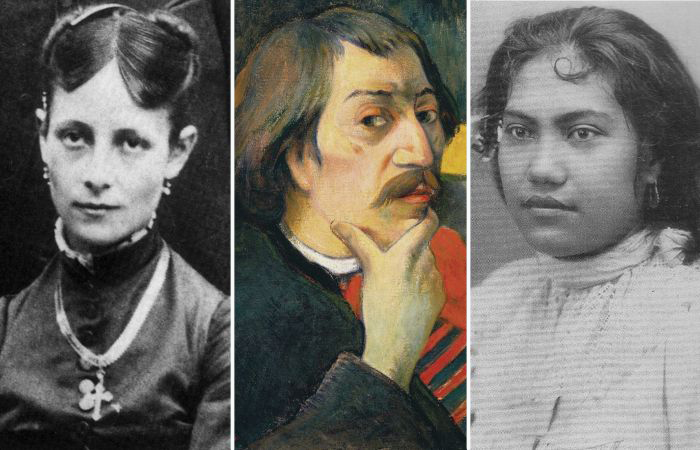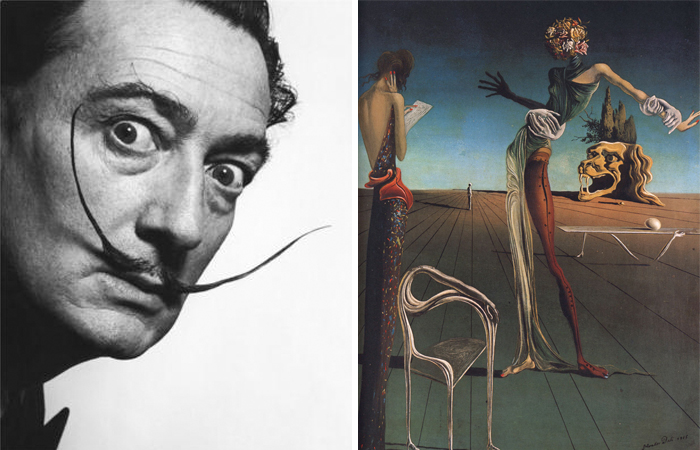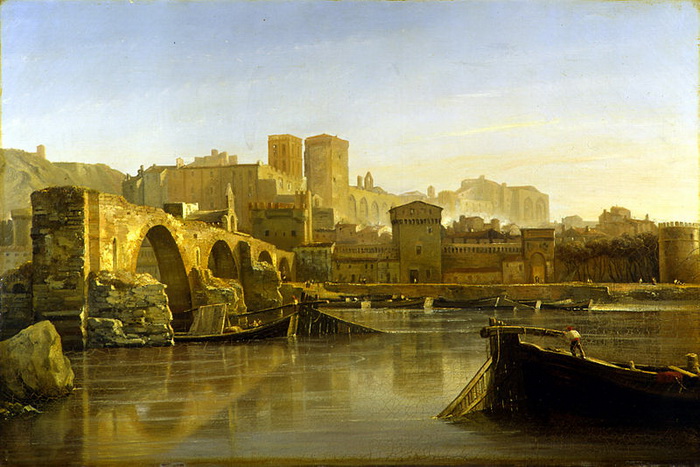cities in those
What butterflies meant in the paintings of world famous artists
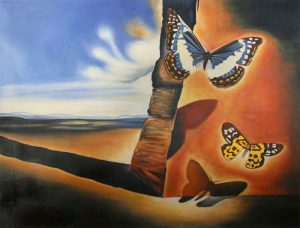 Butterfly and moth are one of the main symbols in art and a significant number of major artists include this image in their canvases. It is noteworthy that the butterfly in most allegorical phenomena is considered a symbol of the soul, immortality, rebirth and resurrection. Traditionally, people saw in this insect the ability to transform, transform as they were born, and transform from worldly caterpillars to a winged celestial being. In addition, the butterfly is a type of the Mother of God.
Butterfly and moth are one of the main symbols in art and a significant number of major artists include this image in their canvases. It is noteworthy that the butterfly in most allegorical phenomena is considered a symbol of the soul, immortality, rebirth and resurrection. Traditionally, people saw in this insect the ability to transform, transform as they were born, and transform from worldly caterpillars to a winged celestial being. In addition, the butterfly is a type of the Mother of God.
Winslow Homer
When an illustration or painting is intended to convey a fabulous or heavenly quality, artists usually include several butterflies in their work. This is what the American artist and graphic artist Winslow Homer did, actively using butterflies in his paintings, for example, on the canvas Girl with Butterflies, Fish and Butterflies, etc. Continue reading
“Love Letter” by Jan Vermeer: Why the lute is central to the picture
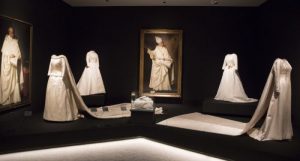 Cristobal Balenciaga once said that “a good fashion designer should be an architect for patterns, a sculptor for form, an artist for design, a musician for harmony, and a philosopher for fit.” And it is not surprising that in the 20th century he ruled high fashion with innovative clothing inspired by unusually traditional Spanish sources. The Basque fashion designer took replicas from regional clothing, folk costumes, bullfights, flamenco dances, Catholicism and, of course, from the history of painting. And in the end, he created what conquered the world for centuries.
Cristobal Balenciaga once said that “a good fashion designer should be an architect for patterns, a sculptor for form, an artist for design, a musician for harmony, and a philosopher for fit.” And it is not surprising that in the 20th century he ruled high fashion with innovative clothing inspired by unusually traditional Spanish sources. The Basque fashion designer took replicas from regional clothing, folk costumes, bullfights, flamenco dances, Catholicism and, of course, from the history of painting. And in the end, he created what conquered the world for centuries.
The Balenciaga collection is full of stocky silhouettes, stooped shoulders and neat trouser lines. But the fashion house today, under the leadership of Demna Gvasalia, represents a completely different aesthetic than what Cristobal himself did during his lifetime. “They cannot be compared,” explains Eloy Martinez de la Pera, curator of the new Balenciaga and Spanish Painting exhibition in Madrid, which combines ninety works of the Balenciaga couture with 56 masterpieces of Spanish painting that inspired the designer. “Balenciaga’s story ended when he stopped making clothes. His story was extremely personal, but today Balenciaga has a completely different story, and it is also worth telling. ” And in order to truly recognize Cristobal himself, it is important to know the key elements of Spanish art that shaped his aesthetic vision. Continue reading
What are the secret meanings of the image of a parrot in the paintings of great artists of different eras
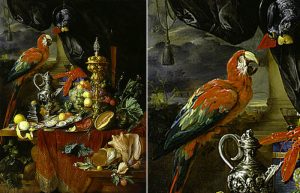 For artists of the Gothic, Early Renaissance and High Renaissance, birds were part of a rich visual symbolism. In a society with limited literacy, allegorical images were vital for the spiritual enlightenment and education of ordinary people. For many centuries, artists assigned special roles to the images of parrots on their canvases. First of all, this is caused by the unusual features of parrots: their spectacularly colored plumage and the ability to imitate human speech. What is the hidden meaning of this bird?
For artists of the Gothic, Early Renaissance and High Renaissance, birds were part of a rich visual symbolism. In a society with limited literacy, allegorical images were vital for the spiritual enlightenment and education of ordinary people. For many centuries, artists assigned special roles to the images of parrots on their canvases. First of all, this is caused by the unusual features of parrots: their spectacularly colored plumage and the ability to imitate human speech. What is the hidden meaning of this bird?
Since the Middle Ages, the parrot has been an attribute of the birth of Christ by the Virgin Mary or acted as a witness to the fall. It has also been noted as the pet of wealthy families. This bird was more noticeable in the Dutch scenes of ordinary life. The parrot often appears in still lifes and portraits, sometimes posing as people or replacing them, playing the role of a woman’s beloved or taunting the stupidities of human behavior. Continue reading
